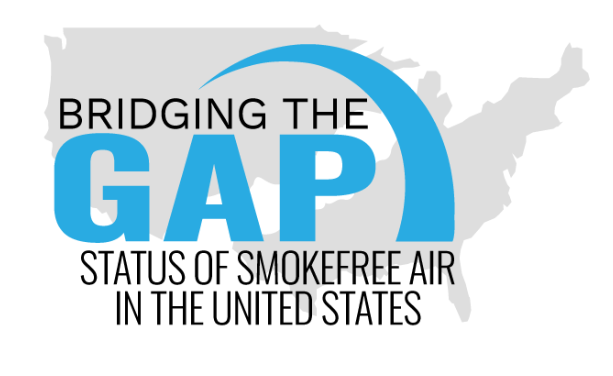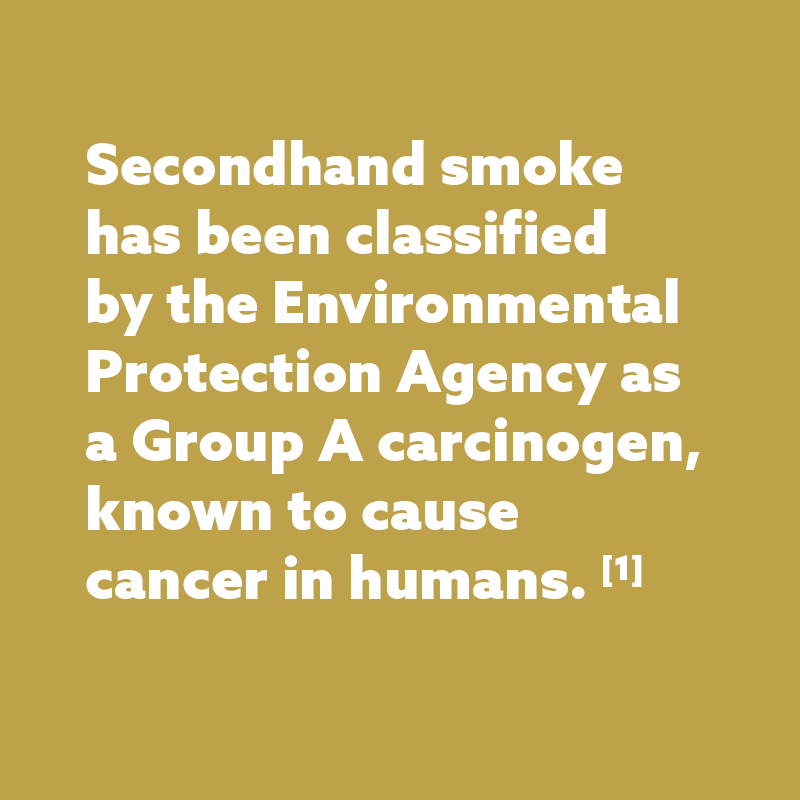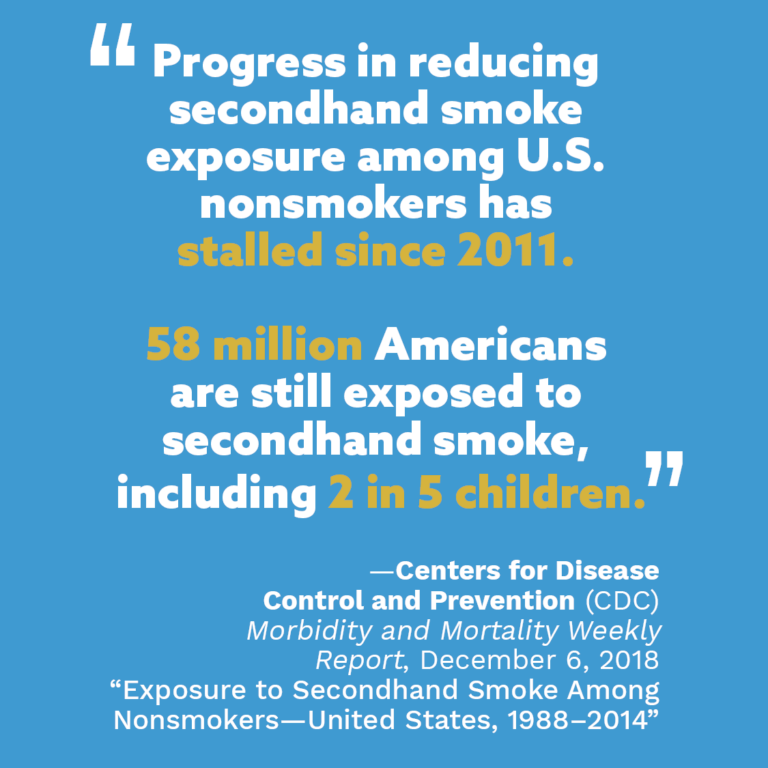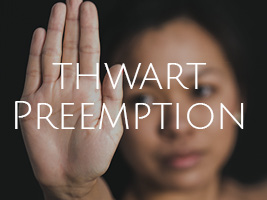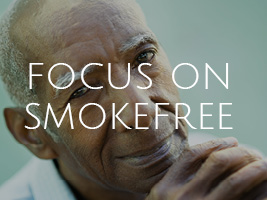
Focus on smokefree: Public health partners are tasked with addressing a number of priorities in the effort to bring health equity to the people they serve. Multiple priority issues often lead to competing policies efforts which can distract and delay work on smokefree policies. Public health advocates should remember that smokefree laws have immediate and long-term health and economic benefits; they are worth the investment of time and effort to protect everyone from exposure to a known human carcinogen. [3]

